Traveling often involves carrying personal belongings, and ensuring their safety is a top priority for peace of mind. Luggage locks are crucial in protecting your valuables and preventing unauthorized bag access. There are various types of luggage locks available, including traditional key locks, combination locks, and TSA-approved locks, which are designed to comply with airport security regulations.
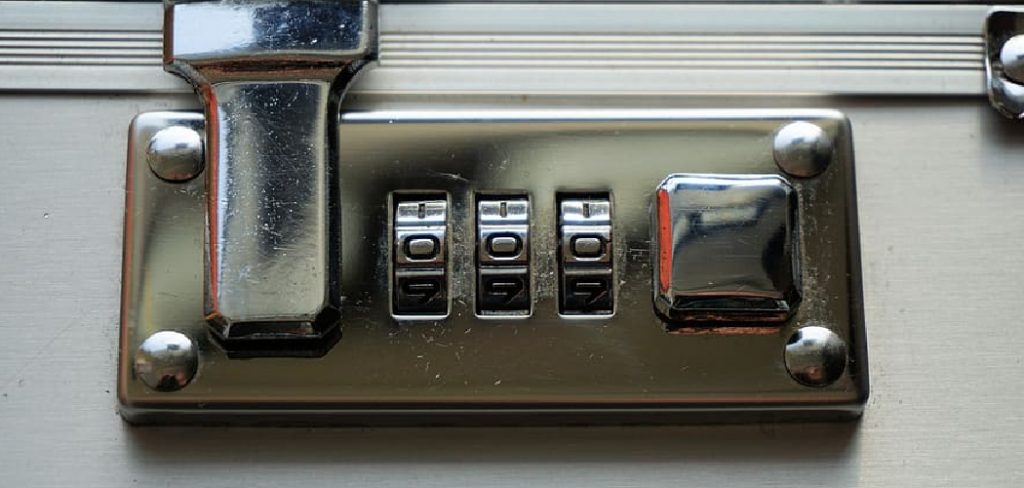
Each type offers unique benefits, but all aim to enhance security during your trip. This article focuses on how to set away luggage lock correctly, providing clear, step-by-step instructions to ensure your belongings are well-protected while you travel. Whether you’re a frequent traveler or embarking on a rare adventure, learning to secure your luggage properly can help give you the confidence you need to enjoy your trip without worry.
Types of Luggage Locks
Combination Locks
Combination locks are one of the most popular options for securing your luggage. They work by requiring a specific sequence of numbers to open the lock. To set or reset the combination, follow the manufacturer’s instructions, which usually involve aligning the dials to a preset or desired code. One of the significant advantages of combination locks is that they eliminate the need for keys, which reduces the risk of losing access to your belongings. Additionally, the ability to customize the code allows you to use a memorable and unique sequence. However, you must ensure you don’t forget the combination, as recovering the code can be challenging.
Key Locks
Key locks are another simple and dependable choice for securing luggage. These locks come with a physical key that must be used to open them. While they are straightforward to operate and don’t require remembering a combination, the primary downside is the risk of misplacing the key, which can result in being locked out of your luggage. Key locks may offer quicker access than combination locks, but the dependency on a physical key can be seen as a limitation for some travelers.
TSA-Approved Locks
TSA-approved locks are essential for air travel because they allow airport security personnel to inspect your luggage without causing damage. These locks have a universal keyhole that can only be accessed by Transportation Security Administration (TSA) agents. This feature is particularly valuable in ensuring your luggage remains intact after inspections. TSA locks can come in both combination and key varieties, offering flexibility while aligning with security regulations. TSA-approved locks ensure peace of mind while protecting your belongings and adhering to airport policies.
How to Set Away Luggage Lock: Step-by-Step Guide
Unlocking the Luggage Lock
Start by ensuring that the lock is in its default state, which is typically set to “000” or the factory-set combination. Refer to the instruction manual provided by the manufacturer for any specific guidance. Double-check the instructions or contact the manufacturer for assistance if the lock doesn’t open with the default combination. Once unlocked, proceed to the next steps.
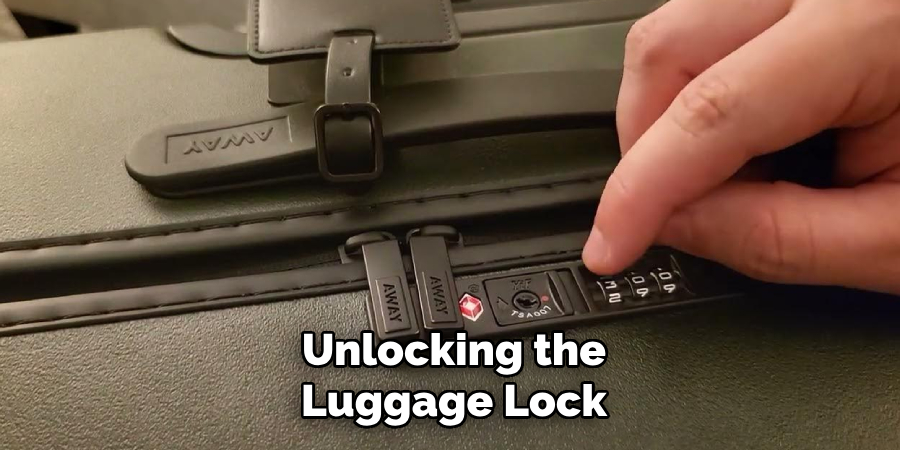
Choosing a Combination
Select a new combination that is both secure and memorable. Avoid using easily guessable sequences like “123” or repeating numbers such as “000,” as they compromise the lock’s security. Instead, opt for a combination that has personal significance to you, such as a meaningful date or an alphanumeric pattern you can easily recall.
Setting the Combination
Turn the dials on the lock to the default setting (e.g., “000”). Locate the reset button or lever, which is commonly found on the side or bottom of the lock. Press and hold the button or move the lever to the reset position while turning the dials to your desired combination. Carefully follow the manufacturer’s instructions during this stage to ensure proper setup. Once your combination is set, release the button or return the lever to its original position.
Testing the Lock
Before using the lock on your luggage, test the combination multiple times to confirm that it works properly. Ensure that the lock opens smoothly with the new code and relocks securely afterward. Verify that the locking mechanism is functioning as intended to prevent potential issues during travel. By completing these steps, your luggage lock will be ready to secure your belongings safely and reliably.
How to Set a Key Luggage Lock
Opening the Lock
When dealing with a key luggage lock in its factory setting, simply insert the provided key into the keyhole and turn it clockwise or as the manufacturer directs. The lock should open easily without any resistance. If you encounter difficulty, confirm that you are using the correct key for the lock.
Setting a Key Lock
Unlike combination locks, key luggage locks usually don’t require resetting, as they rely on a specific pre-cut key to function. However, if you are using a specialized key lock that allows reconfiguration, refer to the lock’s manual for detailed instructions on programming it. For most key locks, proper storage and management of the keys are vital for smooth operation.
Keeping Track of Your Keys
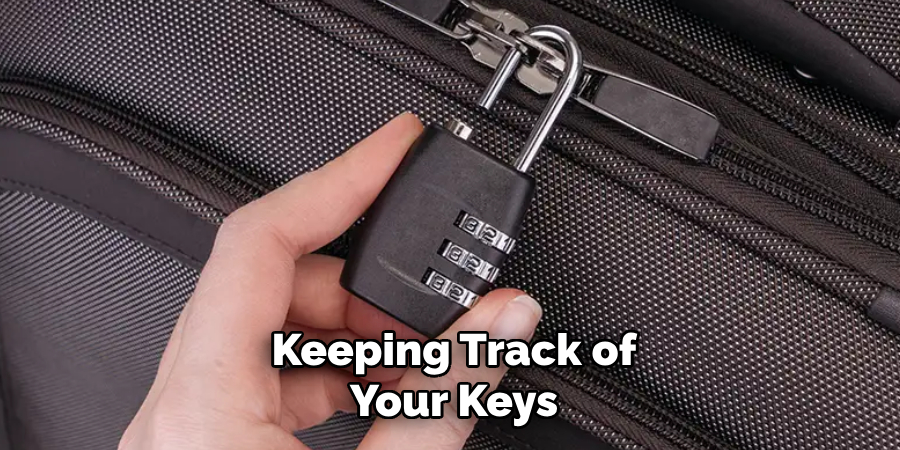
To avoid misplacing your keys, consider labeling them with a discreet tag or storing them in a dedicated pouch or key ring. Alternatively, you can keep a spare set of keys in a separate, secure location, such as a travel wallet or a hidden bag compartment.
Troubleshooting Key Locks
If your lock becomes jammed, inspect it for debris or damage that might obstruct its mechanism. Applying a small amount of lubricant may help loosen stuck components. If you lose your key, check if the lock manufacturer offers a key replacement service or consult a locksmith for assistance.
Setting a TSA-Approved Luggage Lock
What is a TSA-Approved Lock?
A TSA-approved lock is a specially designed luggage lock that meets the Transportation Security Administration (TSA) guidelines. These locks are identifiable by a red diamond-shaped symbol, which signifies their compliance with TSA standards. They are recommended for air travel as they allow TSA agents to inspect luggage without breaking the lock, ensuring your belongings remain secure while adhering to airport security measures. This is particularly important because TSA agents are authorized to carry out inspections if needed, and using a TSA-approved lock minimizes the risk of damage during these checks.
How TSA-Approved Locks Work
The defining feature of a TSA-approved lock is the presence of a master key system. TSA agents are equipped with master keys that allow them to unlock these locks during routine or random inspections. This system eliminates the need to cut or break the lock, preserving the integrity of your luggage. To confirm that your lock is TSA-approved, look for the red diamond logo on the lock itself or the packaging.
Step-by-Step Process for Setting a TSA Lock
- Turning the Dial to the Open Position
If you are using a combination lock, start by turning the dial to its current combination and ensure the lock is in the open position. For a keyed lock, insert the provided key and unlock it.
- Resetting the Combination or Key
Refer to the manufacturer’s instructions for resetting the combination or inserting a new key. Many combination locks come with a small reset button or require you to hold the shackle down while setting the new combination.
- Choosing a Secure Combination
Set a new combination that is secure and easy to remember. Avoid using simple patterns or easily guessed sequences like “000” or “123”.
- Testing the Lock
Once the combination is set, close and test the lock to ensure it works properly. Verify that the lock secures your luggage and can be easily accessed by aligning the correct combination or using the key provided.
Testing Your TSA Lock
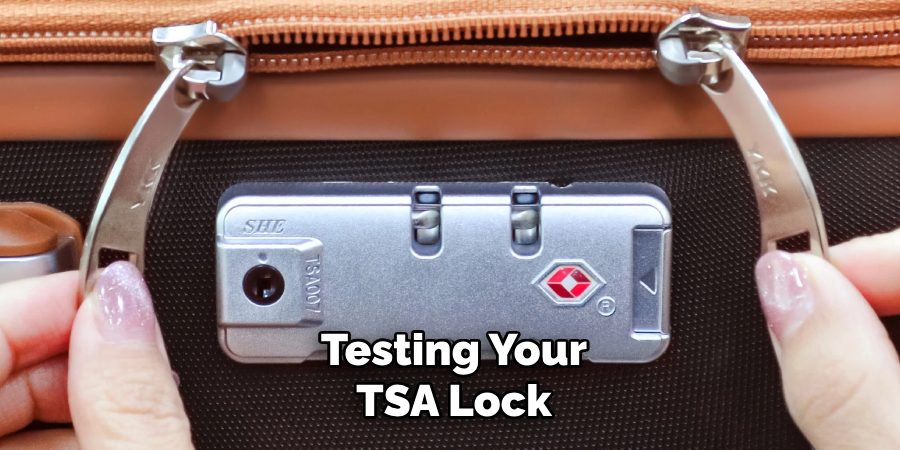
After setting the lock, confirm that it is properly secured to your luggage. Additionally, double-check that you have selected a lock with the TSA red diamond logo to ensure it can be accessed by airport security if necessary. By following these steps, you can travel with peace of mind, knowing your belongings are both secure and compliant with TSA guidelines.
Tips for Choosing the Right Luggage Lock
When selecting a luggage lock, it’s important to consider several factors to ensure your belongings are secure and protected throughout your travels.
Lock Durability and Material
Opt for locks made from strong, durable materials such as steel or aluminum. These materials offer better resistance to tampering, ensuring your lock provides long-lasting security. Avoid using flimsy plastic locks that can be easily broken or damaged.
Lock Size and Compatibility
Choose a lock that fits the zippers or compartments of your luggage snugly. A well-sized lock ensures proper security without creating unnecessary bulk. Make sure the lock is compatible with the type of luggage you use, as mismatched locks can be difficult to attach securely.
Portability
Travel-friendly locks are compact and lightweight, making them easy to carry and use without adding extra weight to your luggage. Consider locks designed specifically for convenience, particularly if you frequently travel with multiple bags.
Ease of Use
Simplicity is key when it comes to luggage locks. Select locks that are easy to operate but offer robust security, such as combination locks with user-friendly dials. Overly complex locks can become a hindrance during your trip.
By focusing on these aspects, you can choose a luggage lock that enhances your travel experience, keeping your valuables safe and secure.
Common Issues and Troubleshooting
Stuck or Jammed Locks
If your luggage lock won’t open or close, first check for any debris or dirt obstructing the mechanism. Use a small brush or compressed air to clean the lock. If the issue persists, try applying a lubricant like WD-40 to ensure smoother operation. Be gentle and avoid forcing the lock open, as this could cause further damage.
Forgetting Your Combination
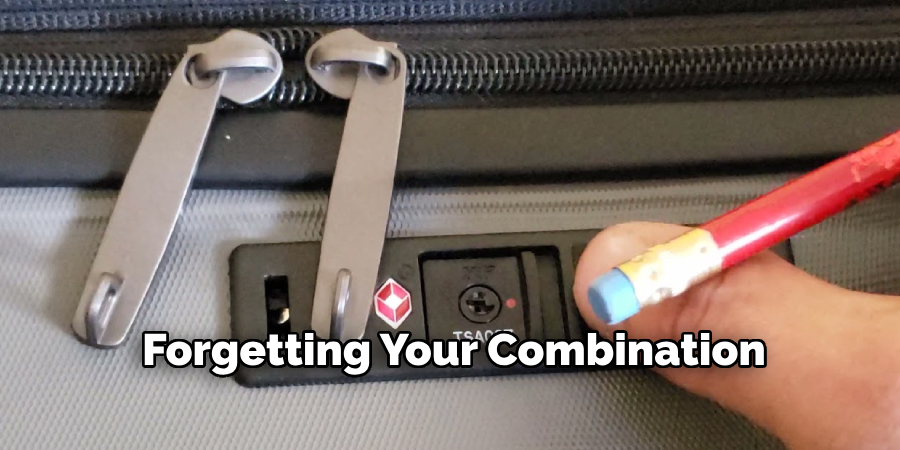
Forgetting your combination can be frustrating, but it’s not the end of the world. Check any documentation or emails from the manufacturer for a default reset option. Some locks allow you to reset them after verifying your ownership, so consult the product manual. Alternatively, contact the lock manufacturer for guidance or assistance.
Damaged Locks
When a lock is visibly damaged or no longer functions properly despite troubleshooting, it may need replacement. If the damage is minimal, some professionals can repair locks. However, investing in a new lock is strongly recommended if security is compromised.
Additional Tips for Securing Luggage
Use Additional Security Features
Enhance your luggage security by combining traditional locks with other features such as luggage straps, cable locks, or tamper-evident seals. These provide an extra layer of protection and deter potential thieves. Always select high-quality accessories that complement your primary locking mechanism.
Avoiding Over-Locking
While securing your luggage is important, overdoing it can lead to inconvenience. Too many locking devices may make accessing your luggage unnecessarily complex during inspections or emergencies. Strike a balance between keeping your belongings safe and maintaining accessibility to save time and hassle.
Marking Your Luggage
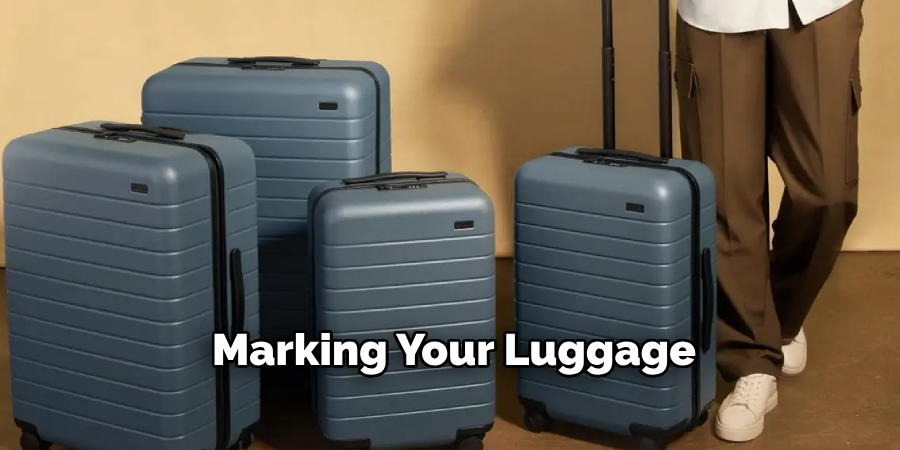
Adding personal identifiers to your luggage, such as unique tags, colorful ribbons, or stickers, serves two purposes: it makes your bag easily identifiable in crowded areas. It deters theft by reducing the chance of someone mistaking it as their own. A distinctive look can protect your belongings while ensuring quick recognition.
Conclusion
Choosing the right luggage lock is essential for ensuring the safety of your belongings during travel. Each offers unique advantages depending on your needs, from traditional keyed locks to modern TSA-approved combination locks. Understanding how to set away luggage lock configurations is critical; carefully follow the manufacturer’s instructions to secure your suitcase properly. Before your trip, always test your lock and double-check the combination to avoid unnecessary stress at the airport. Locking your luggage deters theft and provides peace of mind, allowing you to focus on enjoying your journey with confidence and ease.
About
Safety Fic is a distinguished figure in the world of Diy design, with a decade of expertise creating innovative and sustainable Diy solutions. His professional focus lies in merging traditional craftsmanship with modern manufacturing techniques, fostering designs that are both practical and environmentally conscious. As the author of diy, Safety Fic delves into the art and science of Safety Fic-making, inspiring artisans and industry professionals alike.
Education RMIT University
(Melbourne, Australia) Associate Degree in Design (Safety Fic) Focus on sustainable design, industry-driven projects, and practical craftsmanship. Gained hands-on experience with traditional and digital manufacturing tools, such as CAD and CNC software.
Nottingham Trent University
(United Kingdom) Bachelor’s in diyfastly.com and Product Design (Honors) Specialized in product design with a focus on blending creativity with production techniques. Participated in industry projects, working with companies like John Lewis and Vitsoe to gain real-world insights.
Publications and Impact
In diy, Safety Fic his insights on indoor design processes, materials, and strategies for efficient production. His writing bridges the gap between artisan knowledge and modern industry needs, making it a must-read for both budding designers and seasoned professionals.
